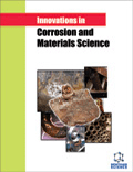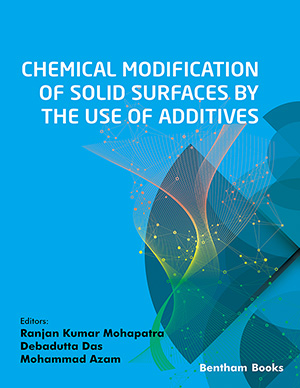Abstract
Background: The corrosion rate of biomedical magnesium alloys must be controlled to avoid excessive degradation in the physiological medium. Conversion coatings produced in fluoride-based electrolytes can be employed as a suitable corrosion protection route for these materials. The use of concentrated HF solutions is the most common procedure in the current literature. The aim of the present work was to employ a less concentrated HF solution to produce protective fluoride-based films on the AZ31B alloy and to investigate the effect of the treatment time on its corrosion resistance.
Methods: The fluoride-based films were obtained in 10 wt.% HF solution at room temperature for 3 h, 6 h and 12 h. The top surfaces and cross-sections of the fluoride films were observed by scanning electron microscopy. The surface chemistry was assessed by X-ray photoelectron spectroscopy. The corrosion resistance was evaluated by potentiodynamic polarization.
Results: Scanning electron microscopy and confocal laser scanning microscopy micrographs revealed that the fluoride-based layer became more cracked and rougher as the treatment time increased from 3 h to 12 h. X-ray photoelectron spectroscopy (XPS) analyses indicated that the surface layers were composed of Mg(OH)xF2-x or Mg(OH)2-xFx compounds, independently of the treatment time. The fluoridebased films enhanced the corrosion resistance of the AZ31B alloy.
Conclusion: Surface morphology plays a core role in the corrosion behavior of the coated AZ31B alloy and can be controlled by the treatment time. The smooth surface of the 3 h-film presented the best corrosion resistance.
Keywords: AZ31B, magnesium, fluoride coating, XPS, corrosion, physiological medium.
Graphical Abstract
 59
59 2
2 1
1







